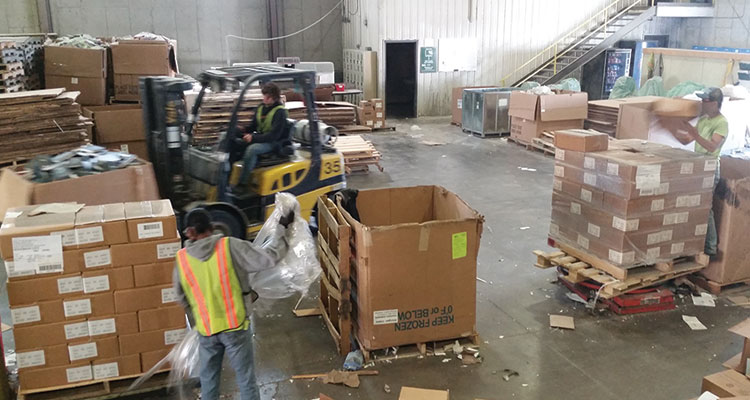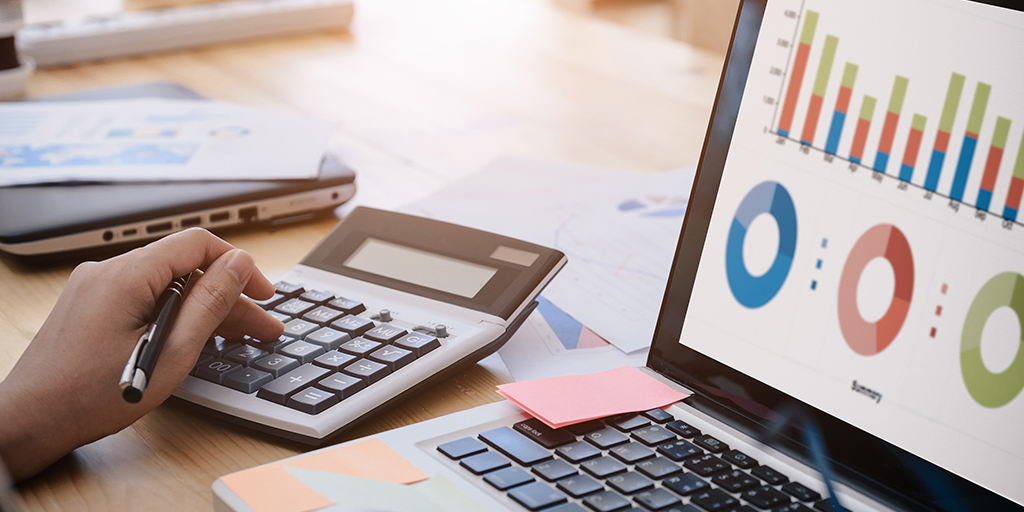
How Your Business Can Benefit From A Closed-Loop Economy
Most business owners or managers are already aware of the closed-loop economy model and the many benefits that stem from it. What a majority of these business owners and managers don’t understand is how to properly incorporate this model into their business operations. Look no further, as this post and the featured infographic below will highlight exactly how the model functions and how it can positively impact any business operation.
Prior to this, it’s important to understand the naming conventions of these economic models. A closed-loop economy is the same as a circular economy, and the same as a closed-loop supply chain. These names are all meant to indicate the lack of waste created throughout the processes within these models. As everything is reused, recycled, shared or repaired, there is no such thing as waste in these models. Inputs or outputs that could be considered waste are fully utilized as a resource to create a new substance or product in this model.
This approach to creating and consuming materials has seen an uptick in popularity in recent years. So much so, that estimates suggest it will be worth $4.5 trillion dollars globally by the end of year 2030. Granted there are a great deal of businesses that don’t operate on a global scale, there are still a number of benefits for businesses to integrating this model into their strategy. For example, this approach has been known to increase customer loyalty, promote positive public recognition, and even decrease the need for external suppliers, thus leading to increased savings. As more and more businesses elect to transition to this strategy, environmental implications can be reduced, and more raw material can be saved; thus further benefiting businesses and their customers.
So How Does It Work?
In order for companies to successfully operate under a closed-loop economy, they must first work toward creating a closed-loop supply chain. Meaning certain processes will have to be rethought. For example, a majority of companies will find they have to reconsider how their products and the custom packaging for these products are designed and manufactured. In addition, these businesses will have to consider how these new designs will contribute to the sale, refurbishment, and recyclability of their products. As more and more businesses elect to transitioning to the closed-loop economy, the easier it becomes for the raw materials used in these processes to be saved and reused appropriately.
As most companies currently follow a linear economy model, a great deal of raw materials used in production processes are often wasted. Unable to be reused, these processes are required to begin fresh with new raw materials. With a closed-loop economy, however, there is no endpoint or waste. The cyclical nature of the closed-loop economy model reuses the consumed raw materials by collecting them and reprocessing them in order to begin the process anew. This in turn creates the most sustainable product for consumers. For more information on how this manufacturing model operates, check out the featured infographic below. Courtesy of Quincy Recycle.



